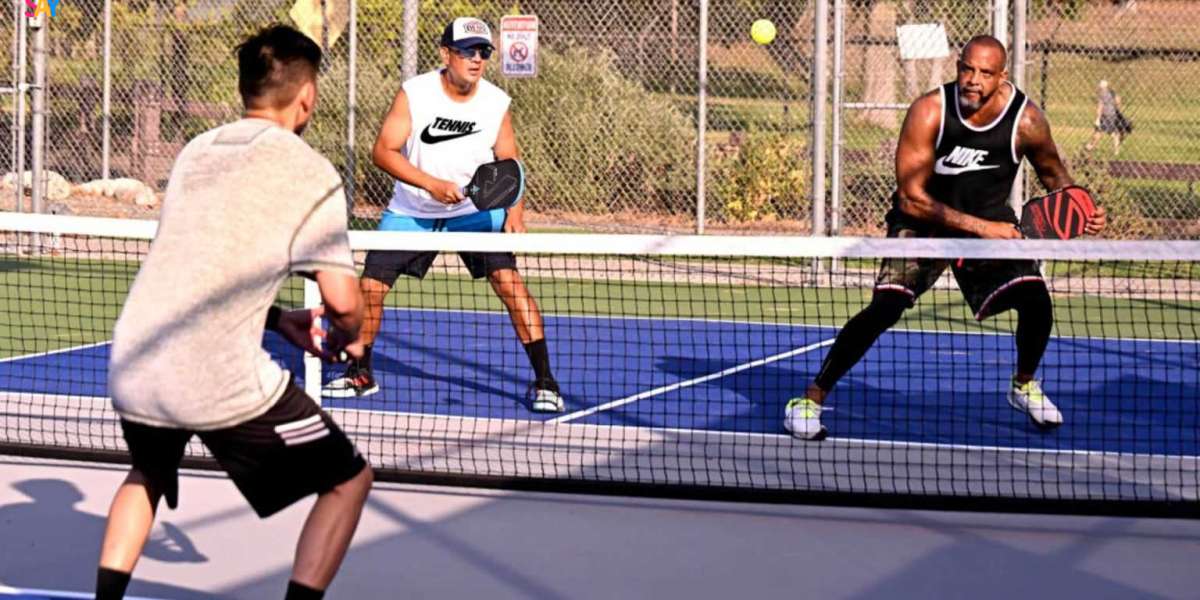Public sports courts provide communities with spaces for fitness, recreation, and social interaction. Whether you're planning pickleball court construction or installing multi-sport facilities, every step—from site preparation to lighting—plays a crucial role in durability and performance. This guide explores key phases of sports court development, including fencing for noise reduction, surface options, and specialized installations for different sports.
Step 1: Site Preparation for Optimal Performance
A strong foundation ensures longevity and safety. Key steps include:
Land Clearing Excavation: Remove rocks, roots, and debris; level the ground.
Compaction Grading: A well-compacted sub-base prevents shifting and improves drainage.
Drainage Planning: Proper slope (1-2%) prevents water accumulation and surface damage.
Step 2: Choosing the Right Surface Material
The playing surface impacts gameplay and maintenance. Popular options:
Polyurethane Acrylic: Resilient, UV-resistant, ideal for tennis and basketball.
Asphalt: Budget-friendly, requires sealing every few years.
Modular Plastic Tiles: Shock-absorbent, perfect for pickleball and multi-use courts.
Step 3: Fencing Installation for Safety Noise Control
Fencing keeps balls in play and minimizes disturbances. Options include:
10-Foot Chain Link: Standard for basketball and tennis courts.
Vinyl-Coated Fencing: Reduces rust and enhances aesthetics.
Acoustic Barriers: Specialized noise-reducing panels for urban areas.
Step 4: Precision Paint Striping for Multi-Sport Use
Clear markings ensure regulation compliance:
Color-Coated Surfaces: High-traction acrylic coatings prevent slips.
Thermoplastic Striping: Long-lasting lines for pickleball, tennis, and basketball.
Custom Layouts: Multi-court designs maximize space efficiency.
Step 5: Net Installation for Different Sports
Each sport requires specific net setups:
Pickleball Nets: 34" center height, portable or permanent options.
Tennis Nets: 3-3.5 ft high with sturdy center straps.
Volleyball Systems: Adjustable heights for versatility.
Step 6: Lighting Solutions for Evening Play
Proper illumination extends usability:
LED Floodlights: Energy-efficient, bright, and long-lasting.
Pole Positioning: Minimizes shadows and glare.
Dark-Sky Compliance: Reduces light pollution in residential areas.
Step 7: Sound Barriers for Community-Friendly Courts
Noise control is essential in populated areas:
Acoustic Fence Panels: Absorb impact sounds from balls.
Green Barriers: Hedges and trees naturally dampen noise.
Rubberized Surfaces: Reduce ball bounce noise.
Types of Sports Courts Their Unique Requirements
Public facilities often feature:
Basketball Courts: Asphalt or concrete with acrylic finishes.
Tennis Courts: Clay, grass, or hard court surfaces.
Pickleball Courts: Smaller dimensions, dedicated or shared layouts.
Multi-Game Courts: Flexible designs for basketball, futsal, and volleyball.
Why Professional Installation Matters
Expert pickleball court construction ensures:
Regulation Compliance: Correct dimensions and materials.
Durability: High-quality materials withstand weather and heavy use.
Safety: Proper surfacing reduces injury risks.
Final Thoughts
Investing in well-designed public sports courts promotes active lifestyles and community engagement. Whether you prioritize noise reduction, multi-sport functionality, or professional-grade lighting, each element contributes to a superior playing experience.




